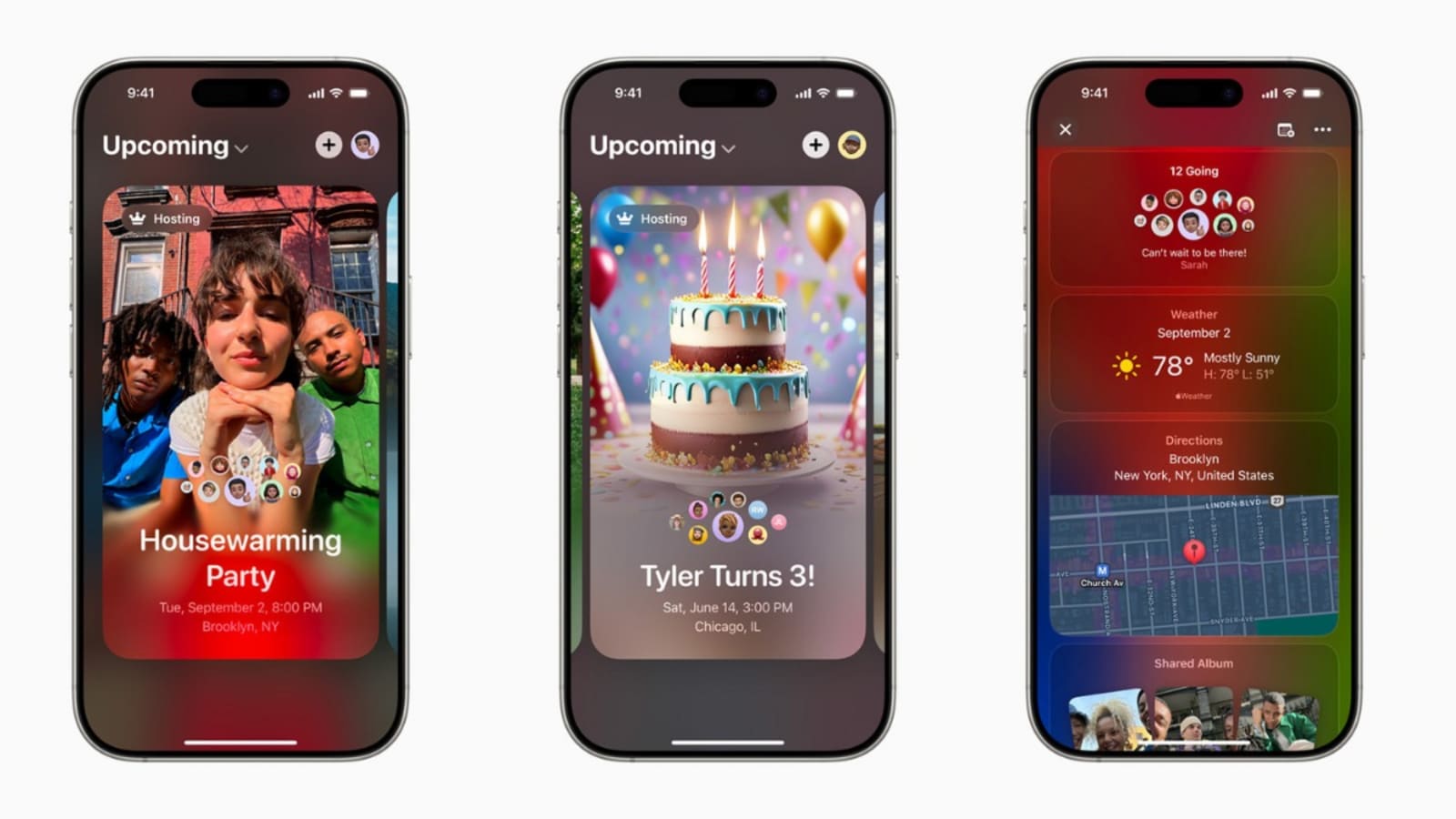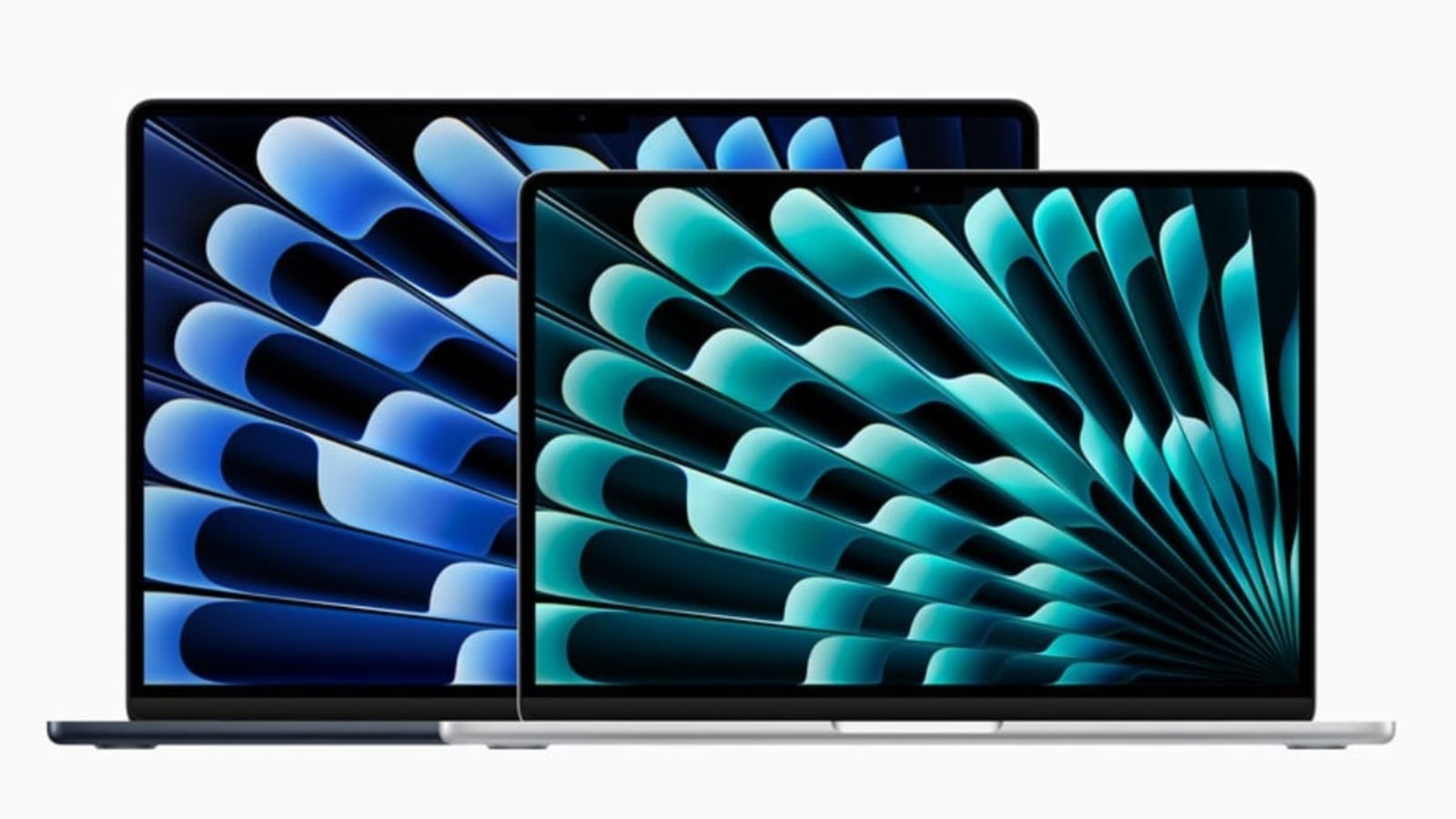Qualcomm recently unveiled its latest flagship processor, the Snapdragon 8 Elite, originally rumored to be the Snapdragon 8 Gen 4. This new chip replaces the Snapdragon 8 Gen 3, powering several new flagship smartphones. But can it meet expectations and outperform the A18 Pro? In this review, we’ll dive into Snapdragon 8 Elite’s performance, its heating and throttling behavior, and benchmark results.
To do this, we’re using India’s first Snapdragon 8 Elite phone, the Realme GT 7 Pro. Let’s start by looking at the chipset’s main features.
Snapdragon 8 Elite: Specifications
The Snapdragon 8 Elite is built on TSMC’s latest 3nm process, just like the Apple A18 Pro. It introduces Qualcomm’s 2nd-generation Oryon cores, replacing the Kryo cores used in earlier models. The CPU uses a hybrid design with two prime cores and six performance cores.
It reaches a peak clock speed of 4.32GHz—the highest in any smartphone chip. It also features 24MB of L2 cache, the largest in a mobile chipset, and is the first in its class to support Bluetooth 6.0.
| Release Date | October 2024 |
| Process | TSMC 3nm |
| Cores | 8 (Octa-core) |
| Configuration | 2x 4.32 GHz – Oryon (Phoenix L) 6x 3.53 GHz – Oryon (Phoenix M) Up to 45% improved CPU performance and 44% more power efficiency |
| L2 Cache | 24MB |
| GPU | Adreno 830 @ 1100 MHz with sliced architecture Up to 40% improved performance and 40% better power efficiency |
| RAM | LPDDR5X (up to 24GB) |
| Storage | UFS 4.0 |
| AI or Machine Learning | Hexagon NPU Up to 45% improved performance and 45% better performance per watt |
| Modem | Snapdragon X80 with FastConnect 7900 Up to 10000 Mbps download and up to 3500 Mbps upload speeds |
| Connectivity | 4G, 5G WiFi 7 Bluetooth 6.0 GPS, GLONASS, Beidou, Galileo, QZSS, NAVIC 30% more accurate location positioning |
Snapdragon 8 Elite: AnTuTu Benchmark
To start, we ran the AnTuTu benchmark on the Realme GT 7 Pro with the Snapdragon 8 Elite. The phone scored 2,766,491 points, falling short of the rumored 3 million mark seen in earlier leaks, but it still marks a new milestone. We tested the benchmark in both normal and GT mode (a performance mode), and the scores were almost the same.
When we tested the A18 Pro, it scored about 1.8 million in AnTuTu, way lower than the Qualcomm chip. But let’s not forget, AnTuTu itself mentions its scores for Android and iOS aren’t directly comparable due to differing test processes.
| CPU | 585582 |
| GPU | 1149713 |
| Memory | 643591 |
| UX | 387605 |
| Overall | 2766491 |

Snapdragon 8 Elite: Geekbench CPU Benchmark
In Geekbench 6 CPU tests, the Snapdragon 8 Elite scored 2,990 points in single-core and 9,114 points in multi-core performance. As was the case with AnTuTu, enabling or disabling performance mode did not affect the scores.
Of course, the scores themselves are no slouch. Although the A18 Pro has better single-core performance, the Snapdragon chip really stands out in multi-core performance, giving Android users a clear advantage in multi-threaded tasks. This is truly a great score for a smartphone chip.
| Single-Core | 2990 |
| Multi-Core | 9114 |



Snapdragon 8 Elite: Geekbench GPU Benchmark
The Snapdragon 8 Elite comes with an Adreno 830 GPU clocked at 1100 MHz. Qualcomm claims it offers 40% more performance and 40% more power efficiency compared to the Snapdragon 8 Gen 2’s GPU. We put it through Geekbench GPU tests using both the OpenCL and Vulkan APIs.
Since Vulkan is the preferred API for modern game engines and the mobile gaming industry is shifting towards it, focus on those scores more.
| OpenCL API | 18955 |
| Vulkan API | 24670 |


Snapdragon 8 Elite: Geekbench AI Benchmark
The Snapdragon 8 Elite features an improved Hexagon NPU, which Qualcomm claims offers 45% better performance and 45% improved performance per watt compared to its predecessor. Geekbench has a separate app to test the AI and machine learning capabilities of the processor. We ran this test on the Realme GT 7 Pro, and here are the results.
When testing Geekbench AI, it’s important to consider all three components: CPU, GPU, and NNAPI. Each plays a distinct role in AI processing, and their relative importance can vary depending on the specific AI task.
| CPU | Single Precision Score Half Precision Score Quantized Score | 500 430 981 |
| GPU | Single Precision Score Half Precision Score Quantized Score | 901 1459 1271 |
| NNAPI | Single Precision Score Half Precision Score Quantized Score | 204 200 378 |



For starters, here’s what Single, Half, and Quantized means:
- Single Precision (FP32): Uses 32 bits per number, providing the highest level of accuracy but requiring more processing power and memory.
- Half Precision (FP16): Uses 16 bits per number, offering a balance between accuracy and efficiency. It’s faster and requires less memory than single precision.
- Quantized (INT8): Uses only 8 bits per number, making it the most efficient format. It’s ideal for devices with limited resources, but it may sacrifice some accuracy compared to higher-precision formats.
Snapdragon 8 Elite: 3DMark WildLife Extreme Stress Test
3DMark’s Wild Life Extreme Stress test benchmarks the sustained performance of a device’s GPU (graphics processing unit) under heavy load for an extended period of 20 minutes. We’re happy to report that the Snapdragon 8 Elite is a fairly stable processor, achieving a stability score of 74.3%.
This score is better than the 59% we recorded on the OnePlus 12 with the Snapdragon 8 Gen 3. However, the Apple A18 Pro still leads in this area with a stability score of 78.8%.
Having said that, the phone did get very hot, with its internal temperature reaching 51 degrees Celsius during the test.
| Best loop score | 6104 |
| Lowest loop score | 4533 |
| Stability | 74.3% |


Snapdragon 8 Elite: CPU Throttling Test
This is where things get really interesting. In the CPU throttling test, the Snapdragon 8 Elite starts out strong but then slows down a little but not too much. In fact, the graph starts all green and then shifts to a bit of neon but never really goes red or even orange. It recovers back to peak after a brief downturn.
In terms of pure numbers, the processor throttled only to 76% of its peak performance. This means it lost about 24% of its speed over a 15-minute test, which is great for a mobile phone chip.
We’ve seen far wilder results from the likes of the Tensor G4 and Exynos 2400 which throttle straight to half from their maximum. Even the MediaTek Dimensity 9400 on our Vivo X200 Mini throttles into the orange and red zones.


A New Era of Mobile Performance
The Snapdragon 8 Elite is a powerful smartphone chipset that not only achieves the highest AnTuTu benchmark scores for a smartphone but also surpasses both the Apple A18 Pro and Dimensity 9400 in multi-core performance. Additionally, it prioritizes efficiency across the CPU, GPU, and NPU, and brings first-in-class features like support for Bluetooth 6.0.
The processor is very stable and does not throttle significantly, though this can vary based on the manufacturer’s software tuning. The only issue we observed was heating; under benchmark stress, the chip can get quite hot. However, this is still an improvement over the performance of Exynos and Tensor chips.
Overall, the Snapdragon 8 Elite is a step in the right direction. As we saw with the transition from the Snapdragon 888 to the Snapdragon 8 Gen 1, followed by the refinement of the 8+ Gen 1, we expect the next iteration of this processor to address any remaining issues, including potential heating concerns on certain devices.
Ritik Singh
With over 7 years of experience in tech, Ritik currently heads content at Techwiser.com. His journey began by sharing his knowledge and helping other people in online communities. This passion led him to a career in tech journalism, fueled by a formal education in Electronic Media. He then went on to roles at GadgetsToUse and PC-Tablet, where he honed his skills as an editor. He's also contributed to popular publications like HowToGeek and TheWindowsClub. With a portfolio of over 2,000 how-tos, reviews, and in-depth guides, Ritik has helped millions of readers navigate their tech, from smartphones to smart homes.



















 English (US) ·
English (US) ·